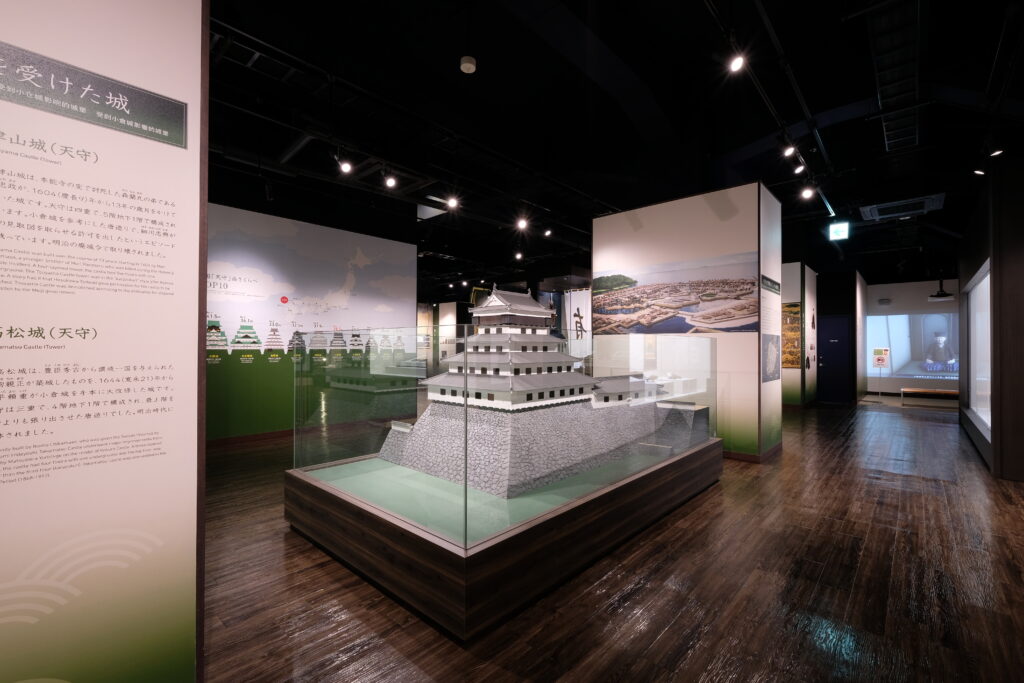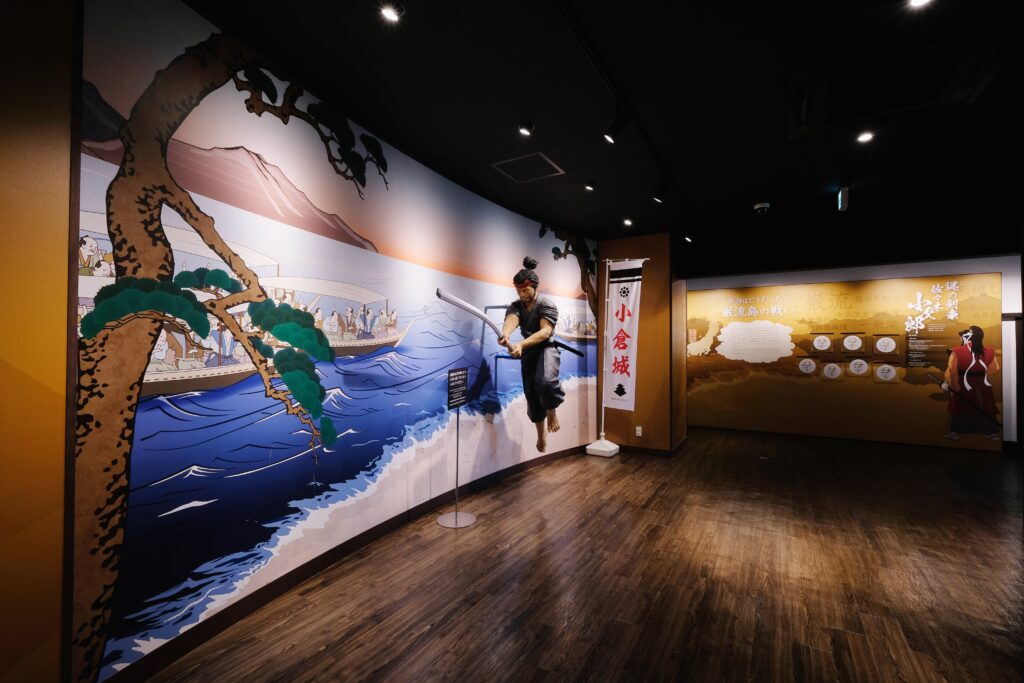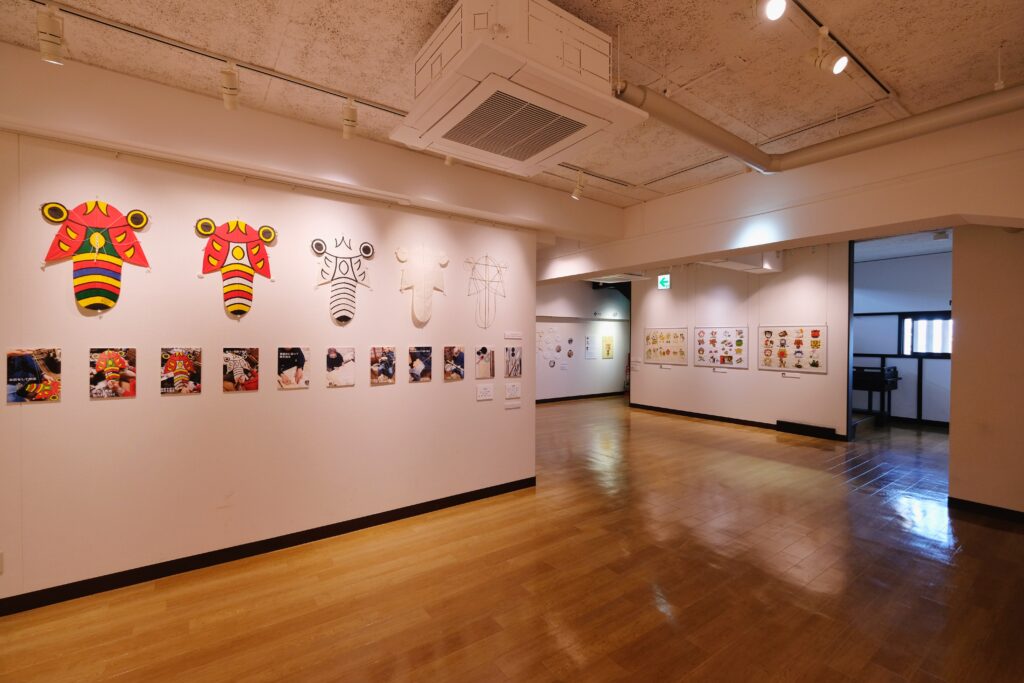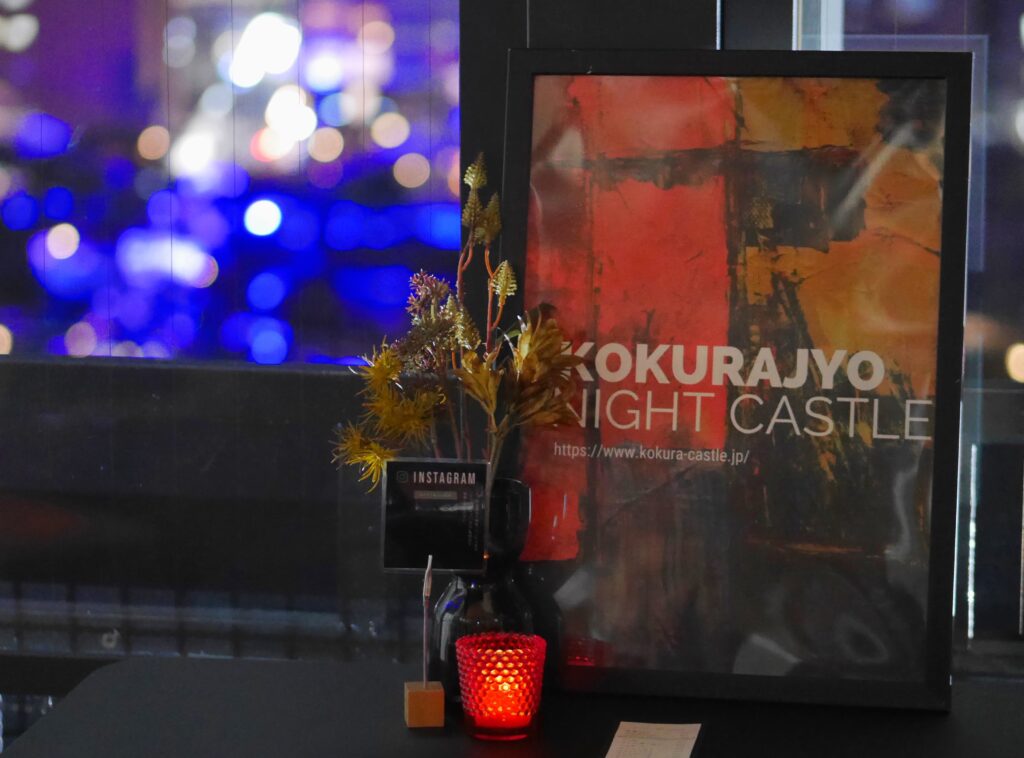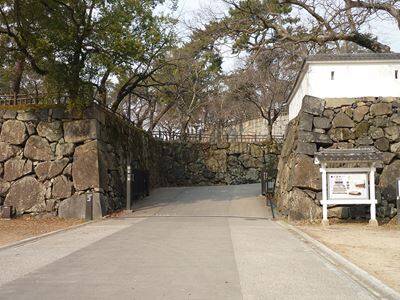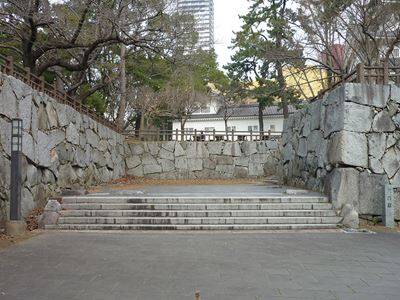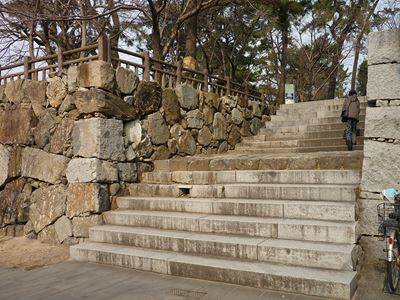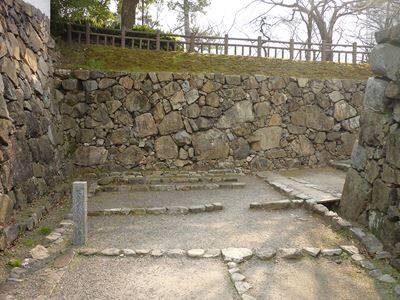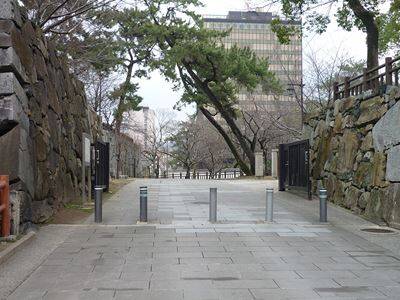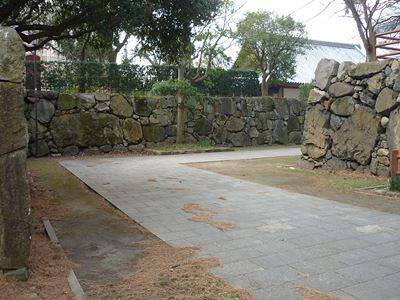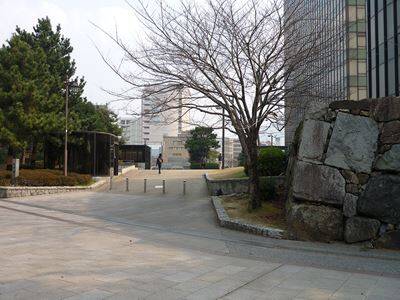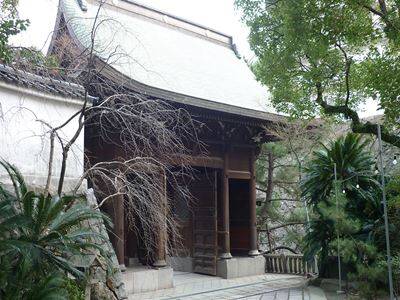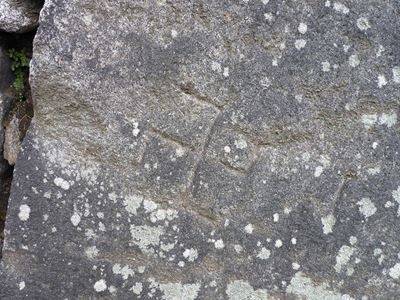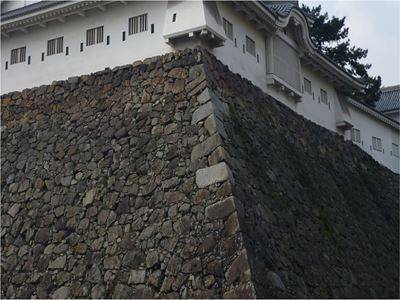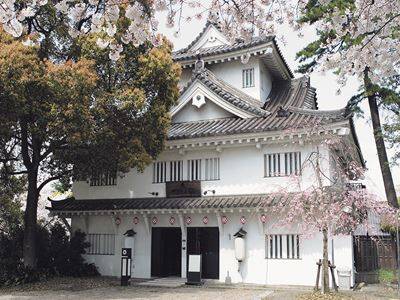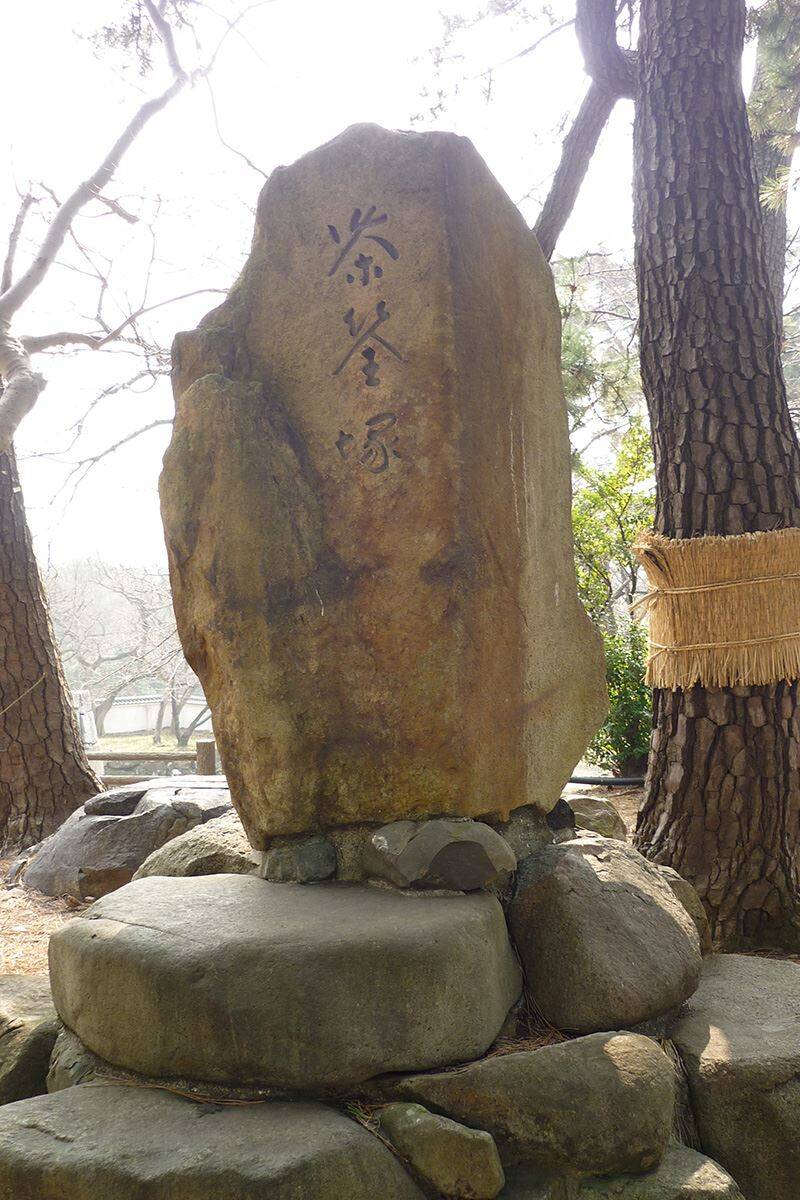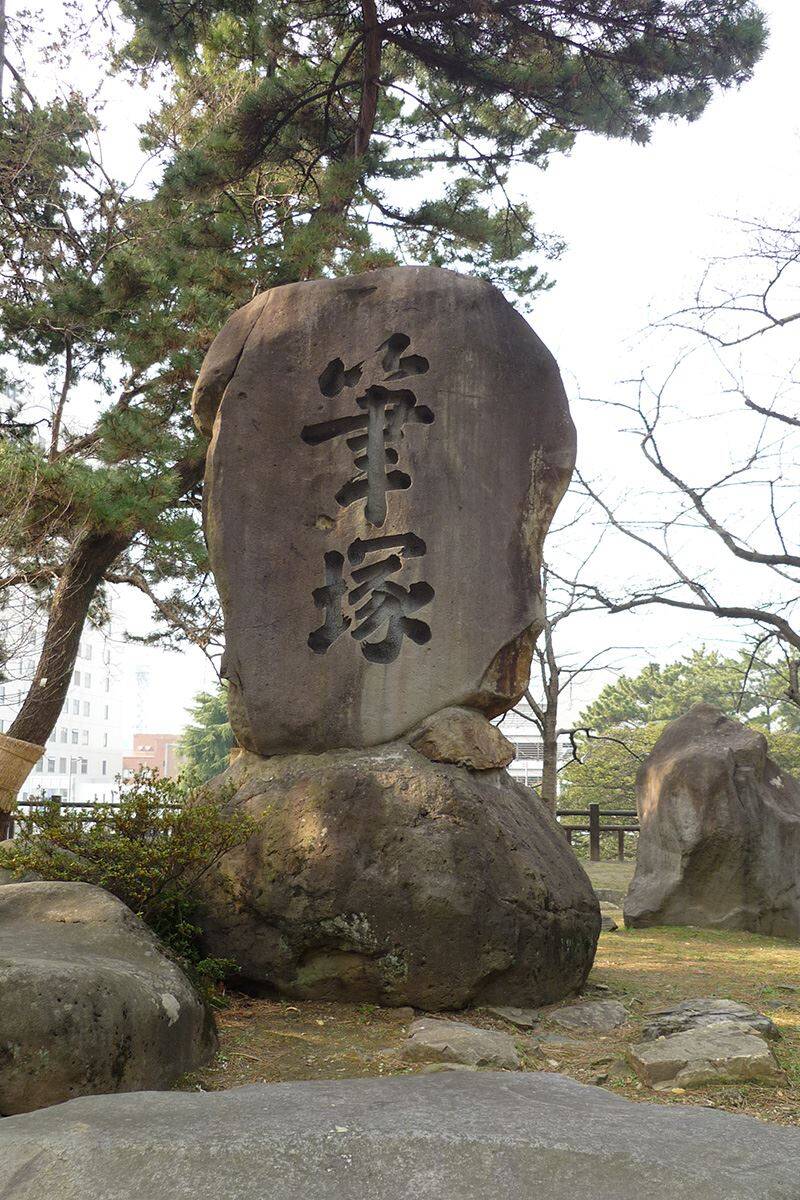Kokura Castle Main Keep
History of Kokura Castle
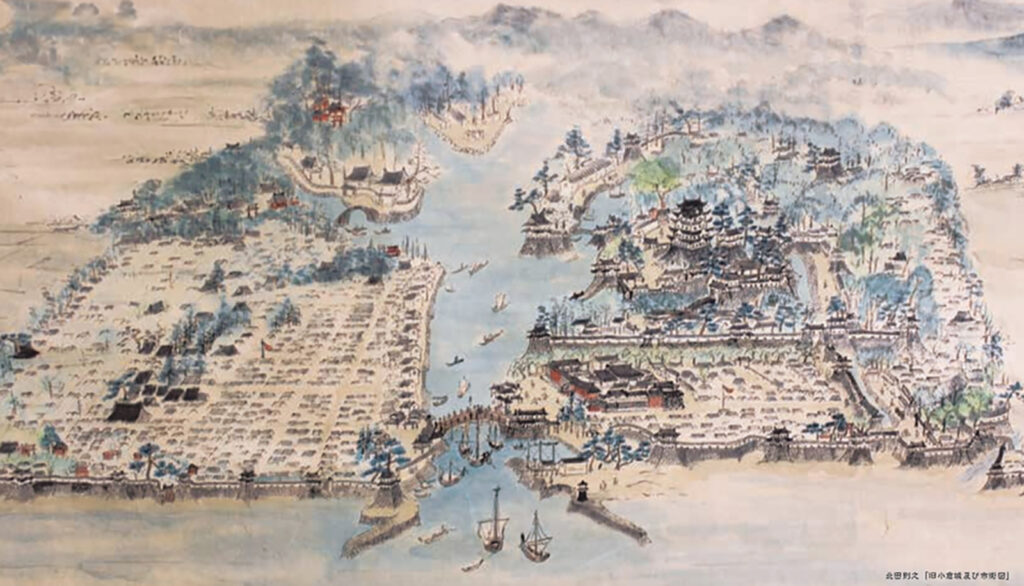
Kokura, located along the Kanmon Strait, has long been a strategic transportation hub for both land and sea routes. Because of its importance, many fortresses and castles were built here over the centuries, and various powerful clans fought for control of the area. The history of Kokura Castle dates back to 1569, during the late Sengoku period, when the Mōri clan from western Japan built a castle on this site. Later, it was ruled by Takahashi Akitane and Mōri Katsunobu. In 1602, after distinguishing himself in the Battle of Sekigahara, Tadaoki Hosokawa began constructing a more substantial castle, a process that took about seven years to complete.
Kokura Castle and Its Grand Urban Planning
The Kokura Castle built by Tadaoki Hosokawa was part of an ambitious urban plan that incorporated the entire castle town within its fortifications. It was the fifth-largest castle in Japan and, in western Japan, rivaled even Himeji Castle in scale. In Kyushu, it was particularly remarkable, boasting a size nearly twice that of Kumamoto Castle.
Kokura was the gateway connecting Honshu and Kyushu, serving as the starting point of both the Nakatsu Highway and the Nagasaki Highway. Because of this, it was said that “all roads in Kyushu lead to Kokura,” and the town thrived with commerce and activity. Within the castle town, samurai retainers lived near the castle, while townspeople settled in the outer districts. Tadaoki encouraged the growth of the town by inviting merchants and artisans from various regions, supporting trade and industry. He also promoted foreign commerce and established the Gion Festival, which continues to this day.
The Ogasawara Clan and the Transformation of Kokura Castle
After the Hosokawa clan was relocated to Kumamoto, Tadazane Ogasawara, a feudal lord from Akashi in Harima Province and a relative of the Hosokawa family, took control of Kokura in 1632. The Ogasawara domain of Kokura was entrusted by Shogun Iemitsu Tokugawa with the special duty of monitoring the feudal lords of Kyushu.
During this period, Kokura solidified its position as a crucial hub, serving as the starting point for major roads leading to various parts of Kyushu. Kokura Castle was further enhanced, and the castle town continued to flourish. Under the rule of Tadamitsu Ogasawara, a beautiful strolling garden with a pond was created within the castle’s inner residence.
However, in 1837, a devastating fire broke out inside the castle, burning it down completely. Although it was rebuilt two years later, the main keep was never reconstructed.
Kokura Castle in the Late Edo Period and Modern Era
During the final years of the Edo period, Kokura became a key stronghold in the battle against the Chōshū domain. The Kokura domain and Kumamoto domain fought bravely, but soldiers from other Kyushu domains lacked strong fighting spirit. As a result, in 1866, the Kokura forces were forced to retreat and set fire to Kokura Castle themselves to prevent it from falling into enemy hands.
During the Satsuma Rebellion in 1877, the 14th Infantry Regiment, stationed at Kokura Castle, was led by General Nogi Maresuke and sent into battle. Later, the 12th Infantry Brigade and the 12th Division Headquarters were also based within the castle.
After World War II, the U.S. military took control of the site, but in 1957, it was returned to Japan. Due to strong public demand, the main keep was reconstructed in 1959, restoring Kokura Castle as a symbol of the city.
The Reconstructed Main Keep and Its Unique Architecture
The reconstructed main keep of Kokura Castle is known as the “Karazukuri” style keep. Its most distinctive feature is that the fifth floor is larger than the fourth floor, with no eaves between them. At the time of its original construction, it had the largest floor area of any keep in Japan. Although it was later surpassed by keeps built by the Tokugawa shogunate, it remained an exceptionally large structure.
Additionally, the castle’s stone walls were built using the Nozura-zumi technique, which does not involve cutting the stones into uniform shapes. This method gives the walls a natural yet powerful appearance, reflecting the castle’s enduring strength.
For more details about the history, please visit this page. (The page is in Japanese, so we recommend using your browser’s translation function.)
You can learn about Kokura Castle through manga here. (This page is in Japanese. Thank you for your understanding.)
Main Keep Guide
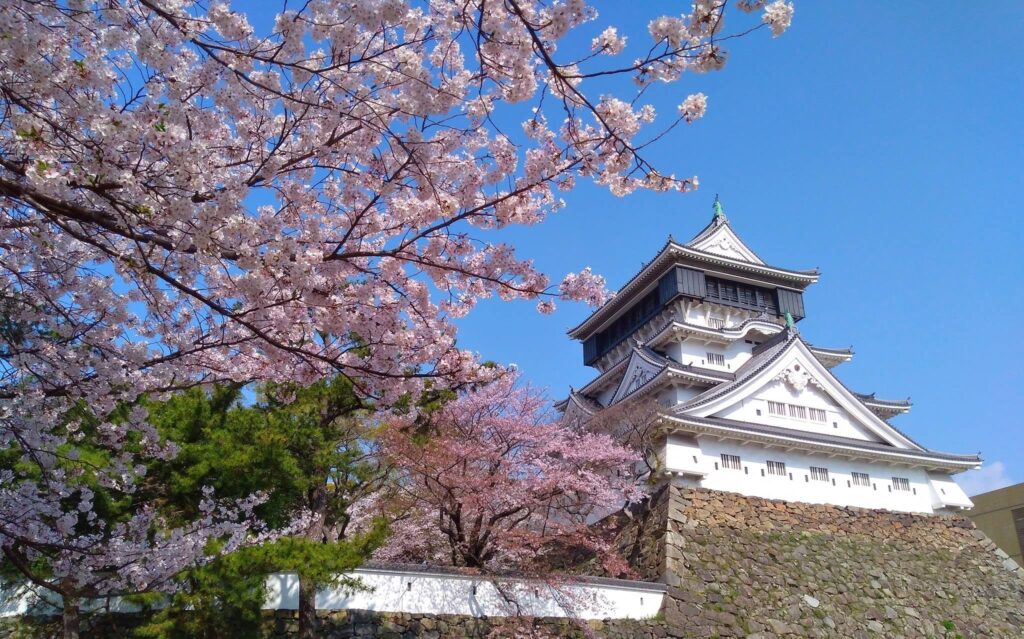
Overview
The main keep of Kokura Castle was destroyed in a fire in 1837 (Tenpō 8), but due to strong public demand, it was rebuilt in 1959 (Shōwa 34). Today, it is the third-largest reconstructed keep in Japan, following Osaka Castle and Nagoya Castle.
In March 2019 (Heisei 31), the castle underwent its first major renovation in nearly 30 years, transforming into an interactive tourist attraction. A new elevator was installed, allowing visitors to move freely between the first and fifth floors, making the castle more accessible and comfortable for all guests.
Additionally, the main keep can be reserved for private events, making it a unique venue for special occasions and gatherings.
For more details about renting Kokura Castle, please visit this page.
Floor Guid
1st Floor: Entertainment Area - “Kokura Castle Theater & Experience Corner”
The first floor is an entertainment area where visitors can enjoy learning about the history of Kokura Castle.
At the Kokura Castle Theater, narrated by actor Masao Kusakari, you can watch a 10-minute film that condenses 400 years of the castle’s history.
Additionally, this floor features interactive attractions for visitors of all ages, including:
- The Dress-up Corner, where you can wear a kimono or samurai armor and take photos.
- The Yabusame (Horseback Archery) Game, where you can experience the thrill of shooting targets from horseback.
2nd Floor: The History of the Hosokawa and Ogasawara Clans & Kokura’s Journey
On the second floor, visitors can learn about the history of Kokura domain, focusing on the Hosokawa and Ogasawara clans, who ruled the region.
This floor features:
- An introduction to the successive feudal lords from the Sengoku period onward.
- Exhibits about Tadaoki Hosokawa, one of the “Seven Disciples of Sen no Rikyū,” including a replica of his samurai armor.
- A scale model of the original Kokura Castle keep.
- A video presentation about the Battle of Kokura, which took place in the late Edo period.
Through valuable historical artifacts, visitors can experience Kokura’s rich history from the Edo period to the end of the samurai era.
3rd Floor: Miyamoto Musashi & Sasaki Kojirō – The Battle of Ganryū Island
The third floor introduces the lives of Miyamoto Musashi and Sasaki Kojirō, two legendary swordsmen closely connected to Kokura. Their famous duel on Ganryū Island, located in the Kanmon Strait, was held under the rule of Tadaoki Hosokawa, the lord of Kokura domain, making it an essential part of Kokura’s history.
The exhibition features:
- A replica of Sasaki Kojirō’s beloved katana and Miyamoto Musashi’s wooden sword.
- The Ganryū Island Photo Spot, where visitors can pose as Sasaki Kojirō while taking a picture with a realistic figure of Musashi striking from above.
- A video presentation about the Battle of Ganryū Island and the life of Miyamoto Musashi, highlighting not only his skills as a swordsman but also his later years as an accomplished artist.
This exhibit is a must-see for Miyamoto Musashi fans!
5th Floor: Observation Area & Café-Bar – A Special Experience at the Castle Keep
rom the observation area on the fifth floor, visitors can enjoy a panoramic view of Kokura. Additionally, Kokura Castle is the only castle in Japan where guests can enjoy food and drinks on the top floor of the main keep. During the day, the space operates as a café, and on Saturday nights, it transforms into the “Night Castle” bar, offering a unique and special experience. For more information about the Castle Café, please visit this page.
Exploring Kokura Castle
Gate Remains Within the Castle
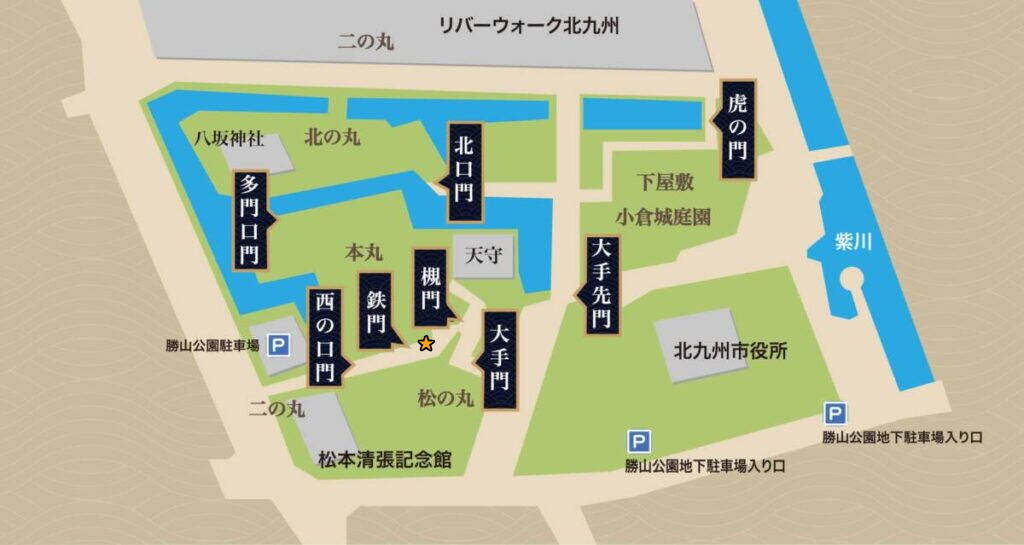
卍ノ刻印 / “Manji” Engraving
Marked with a ★ on the map, this “卍” (Manji) engraving can be found on the lower section of the stone wall between Keyaki-mon and Kurogane-mon Gates. This symbol represents the family crest of the retainers who built this section of the stone wall during the castle’s construction.
野面積み / Nozura-zumi Stonework
Kokura Castle’s stone walls were built using the Nozura-zumi technique, a traditional “rough stone stacking” method commonly used in medieval Japan. The natural stones, mainly sourced from the Adachi Mountain range, were left uncut to preserve their natural shape. Tadaoki Hosokawa, a feudal lord familiar with the chaos of the Warring States period, took great pride in this construction style.
白洲灯台岩松翁記念塔 / Shirasu Lighthouse Monument
In the early Meiji era, a merchant named Iwamatsu Sukezemon from Nagahama (Kokurakita Ward) proposed building a lighthouse near Shirasu, where many shipwrecks occurred. He used his personal funds and donations to begin construction. However, as private lighthouses were prohibited, the project was taken over by the government, and he passed away before seeing the lighthouse completed.
This monument, modeled after the Shirasu Lighthouse, was erected in 1963 (Shōwa 38) to commemorate Iwamatsu’s dedication to maritime safety and to honor his contributions. His grave is located at Saikenji Temple in Kyomachi 4-chome.
塚 / Memorial Mounds
花塚 / Hana-zuka (Flower Memorial Mound)
Established in 1961 (Shōwa 36) by the North Kyushu Ikebana Federation, the predecessor of the North Kyushu Flower Arrangement Association. This monument honors the spirit of flowers and serves as a source of inspiration for ikebana practitioners. Since 1979 (Shōwa 54), the Kokura North Ikebana Association has continued the tradition of holding a flower memorial ceremony every October during the Kokura Castle Festival.
茶筌塚 / Chasen-zuka (Tea Whisk Memorial Mound)
Pronounced “Chasen-zuka”. The inscription reads: “For all who cherish the way of tea, this mound was created to collect and burn used tea whisks in a respectful memorial ceremony.”
It was established in 1960 (Shōwa 35) by tea masters from the Ogasawara School, the Omotesenke and Urasenke Schools, and members of the former Kokura City Tea Ceremony Association.
筆塚 / Fude-zuka (Brush Memorial Mound)
Every October, old calligraphy brushes are offered and burned in a memorial ceremony.
The inscription “筆塚” (Brush Memorial) was engraved using characters selected from the calligraphy of Shimoeda Tōson, a renowned calligrapher of the Ogasawara Domain. The monument was established in 1965 (Shōwa 40) by the Kokura Castle Brush Memorial Committee to promote cultural traditions.


